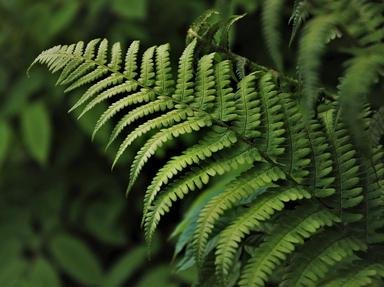Quiz Answer Key and Fun Facts
1. Rhizome used as a spice, or candied
2. Flowers used in making beer
3. Decorative plant, usually with blue to purple flowers
4. Rhizomes often dried and powdered, used as yellow colouring agent in cooking
5. Young shoots eaten as a vegetable, usually cooked
6. Sweetly scented poisonous plant with small white flowers
7. National flower of India and Vietnam
8. Favourite food of the giant panda
9. Has large flowers with modified stamens, and is often erroneously called a lily
10. Also called bunch grass
Source: Author
looney_tunes
This quiz was reviewed by FunTrivia editor
rossian before going online.
Any errors found in FunTrivia content are routinely corrected through our feedback system.

